Four Bees, One Future: Why Saving California’s Bumble Bees Matters to Us All
Four Bees, One Future: Why Saving California’s Bumble Bees Matters to Us All
On a warm spring day in California’s Central Valley, a small bumble bee lands on a purple lupine blossom. With its fuzzy yellow-and-black body dusted in pollen, the Crotch’s bumble bee hums from flower to flower, doing the quiet, vital work that keeps food growing and wildlands thriving.
Image
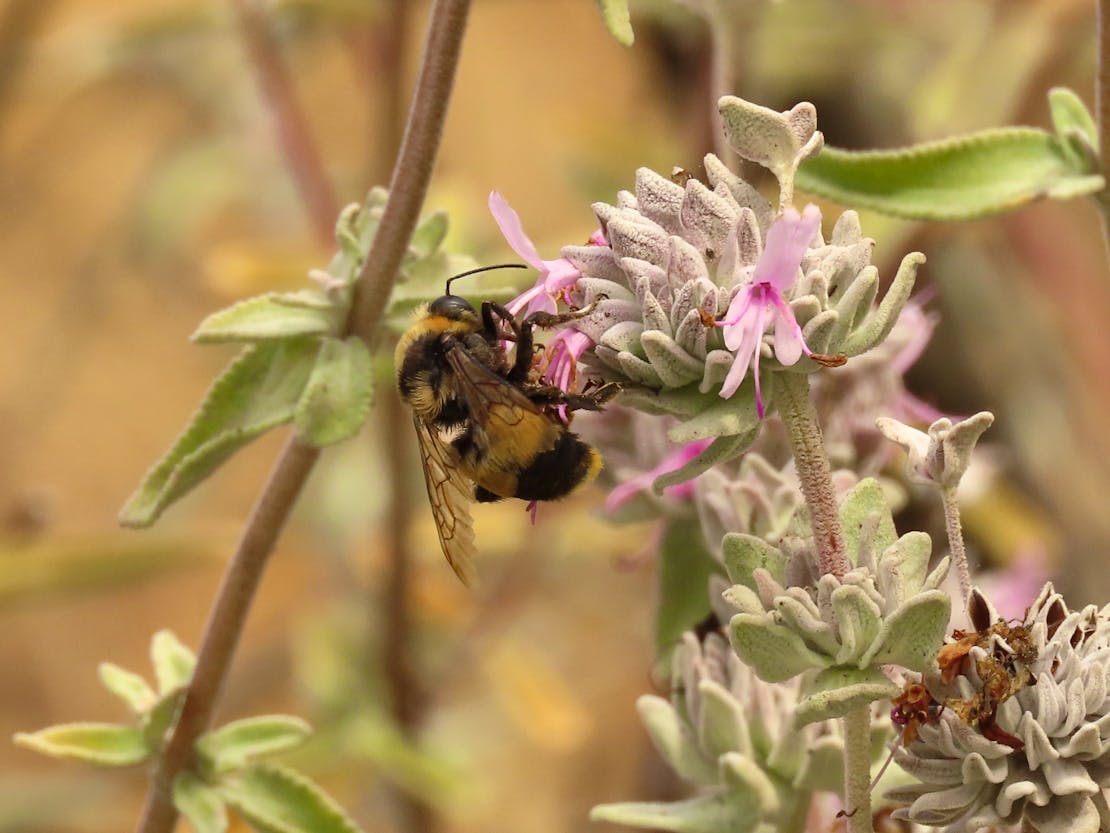
Jonathan Coffin (CC BY-NC-SA 2.0)Crotch's Bumble Bee
But this bee — and several of its close cousins — are disappearing.
Across California, four native bumble bees are now teetering on the edge of extinction. The threats are many: pesticides, habitat loss, disease and climate change. And while the story starts in California, it has national consequences. About one-third of the food we eat depends on pollinators like bees. When bees are in trouble, so is our food system.
Read on to learn more about the four bees Defenders of Wildlife, Center for Food Safety and the Xerces Society are working to protect.
Meet the bees
Image
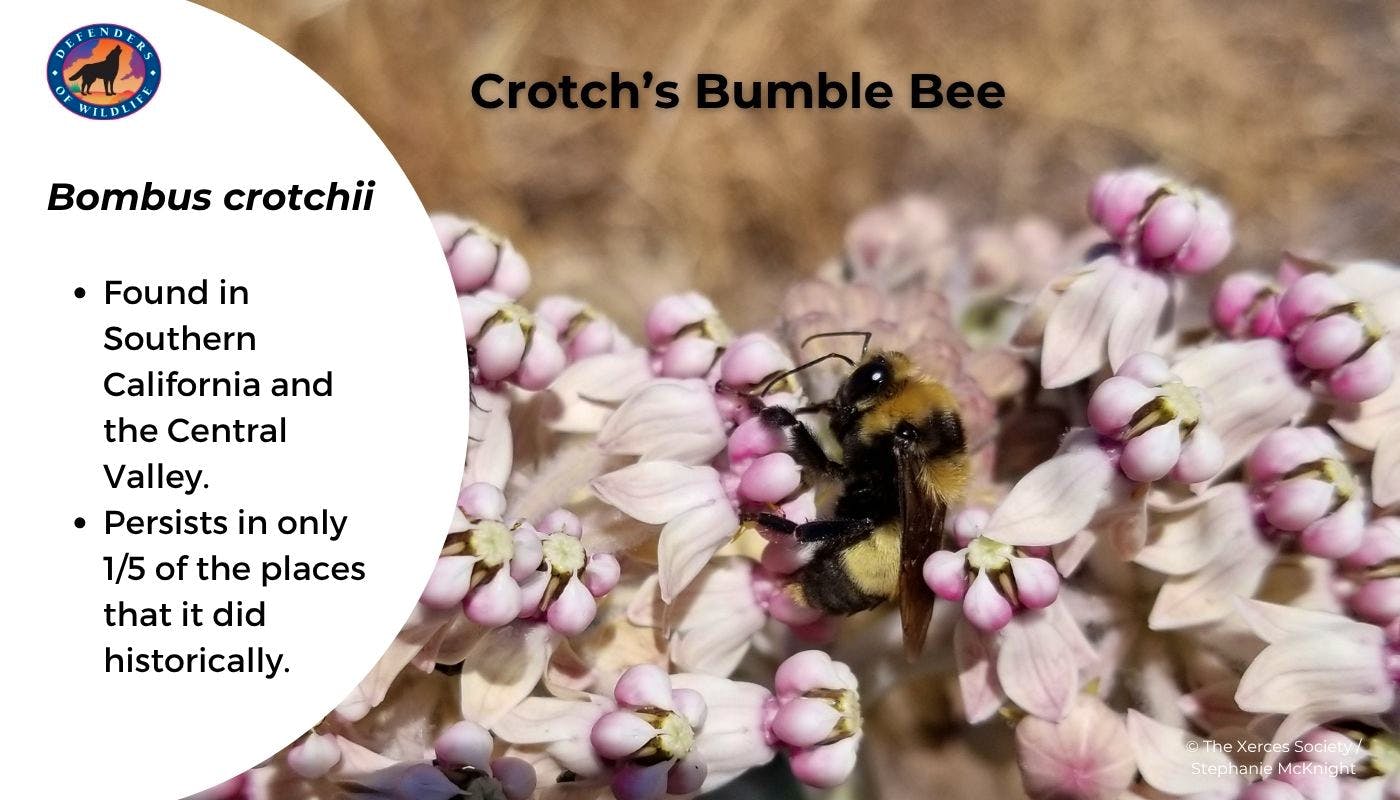
Image

Image
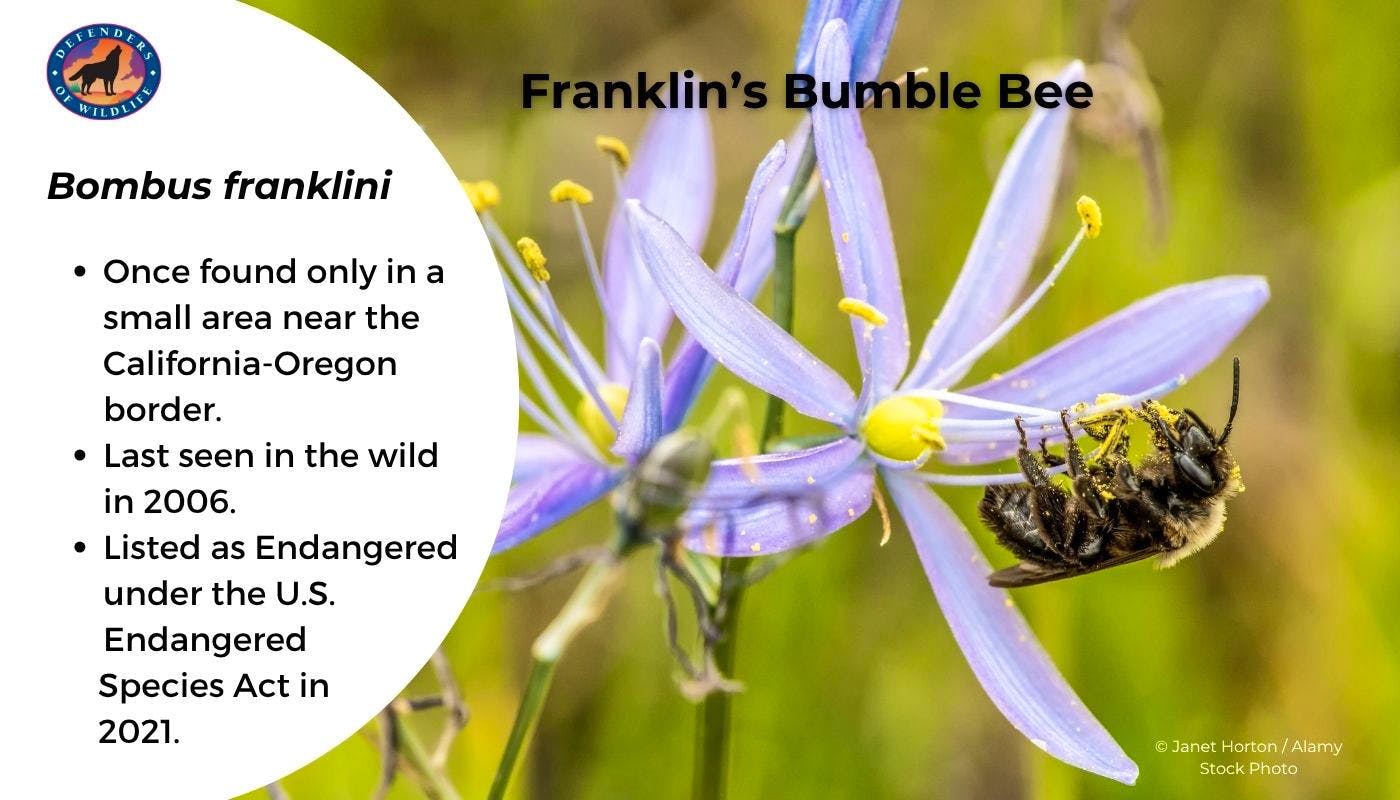
Image

Why are bees in trouble?
Bees face many challenges. Farms and cities have taken over much of their habitat. Pesticides — especially ones called neonicotinoids — harm bees’ ability to fly, feed and reproduce. Diseases from commercially raised bees can spread to wild bees. Climate change is also shifting where and when flowers bloom, making it harder for bees to find food.
Image
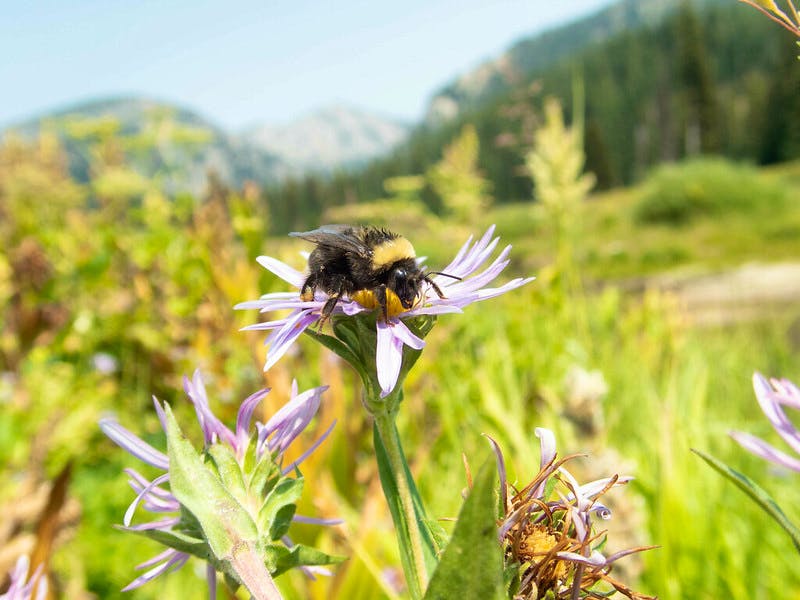
The Xerces Society / Rich HatfieldWestern Bumble Bee
Our organizations have worked for years to reduce pesticide use and protect pollinators. We pushed the U.S. Environmental Protection Agency to ban harmful chemicals through lawsuits and petitions, and worked to close loopholes that let pesticide-coated seeds go unregulated. We also work with farmers, ranchers and natural areas managers to restore pollinator habitat throughout the U.S.
In California, we filed the petition to list these four bumble bees under the California Endangered Species Act and worked with the Stanford Environmental Law Clinic to successfully defend that listing in court. The Bumble Bee Atlases allows us to track the status of these species in California and beyond.
Are bees endangered?
Our three organizations asked California in 2018 to give these bees full protection under state law. After years of public input, court battles and scientific review, the California Fish and Game Commission is expected to announce its final decision soon.
Image
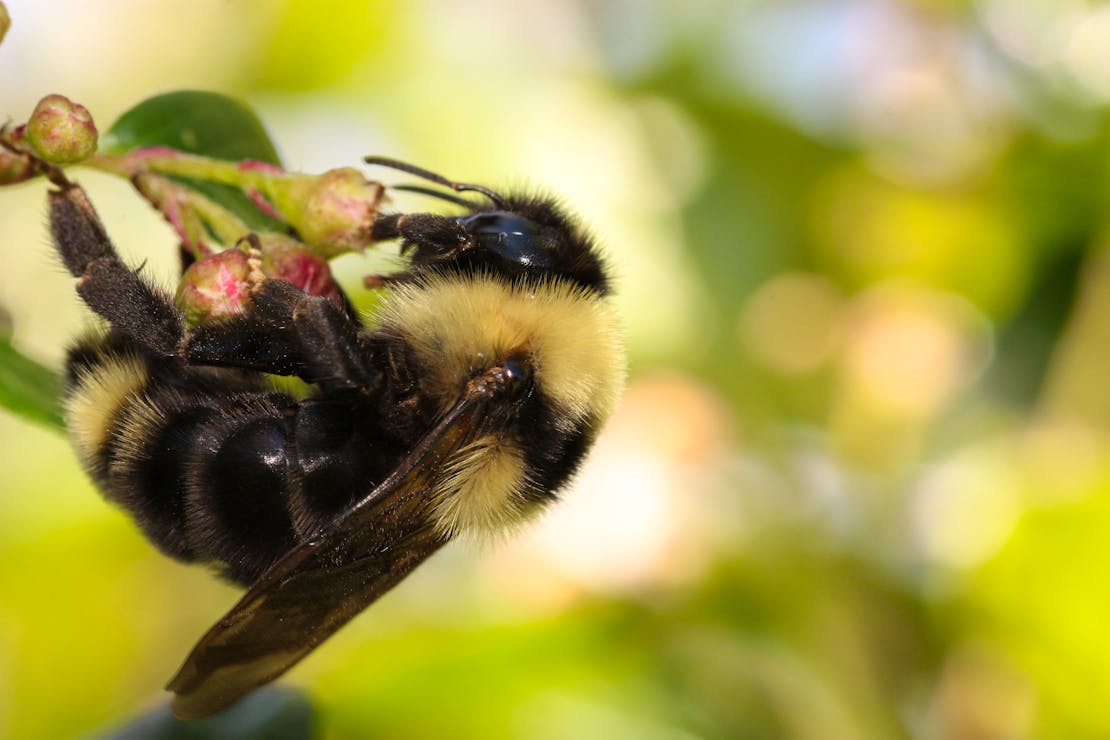
Cory Sheffield
While we await the decision, these bees are considered ‘candidates’ and are fully protected from actions that could harm them or their habitat. If the Fish and Game Commission decides to list these species under California’s Endangered Species Act, these protections will continue into the future. But we’re not waiting for that decision. Projects to restore pollinator habitat are already underway on farms, in cities and along roadsides.
Why this matters everywhere
California produces more food than any other state: over 13% of the country’s total. When California’s pollinators suffer, the ripple effects can touch dinner tables in Alaska, Kansas, New York and everywhere in between. But this isn’t just about crops; it’s about biodiversity. More than 80% of wild plants need insect pollinators to reproduce. Bees serve as indicators of healthy ecosystems.
Image
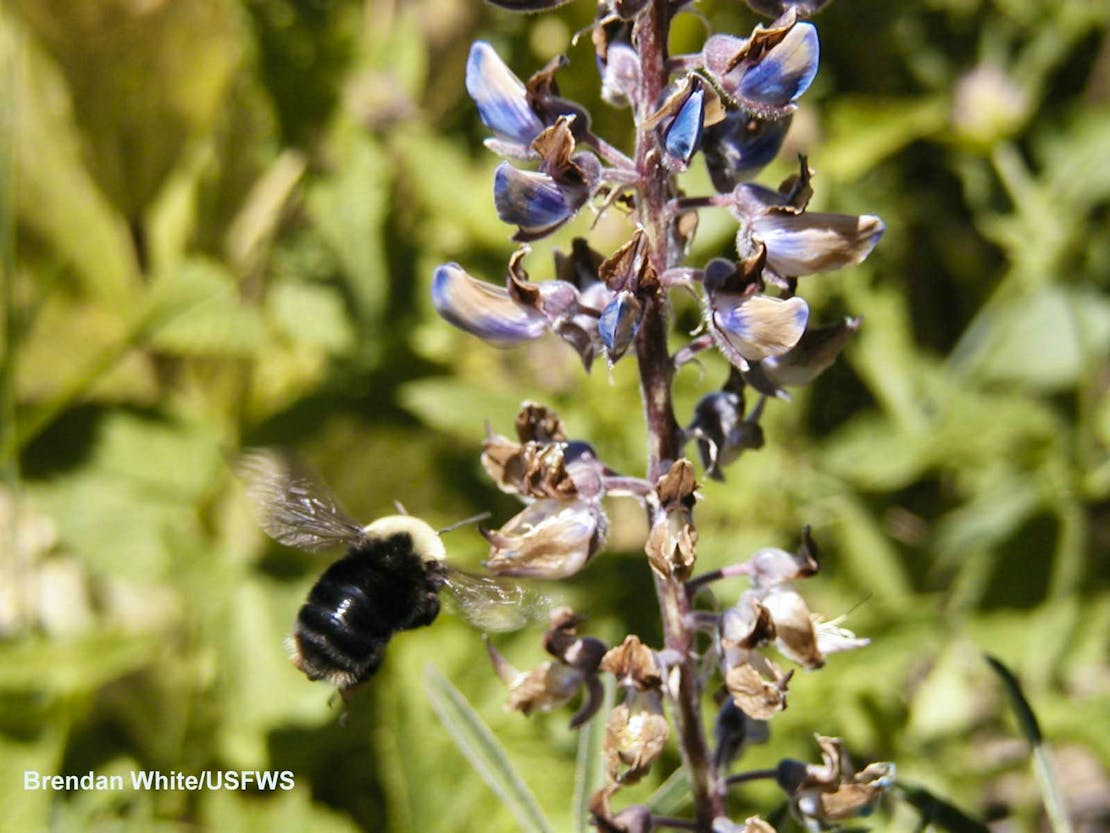
Brendan White, USFWS
Save the bees
Everyone can help bees, no matter where you live. Here are four easy ways:Plant pollinator-friendly flowers like milkweed, coneflower or bee balm.
Avoid pesticides in your yard and encourage others to do the same.
Support organic farmers who protect pollinator habitat.
Speak up for stronger protections for pollinators in your state.
대화 참여하기